Berker 1701 08 User manual




















Other manuals for 1701 08
1
Table of contents
Languages:
Other Berker Security Sensor manuals
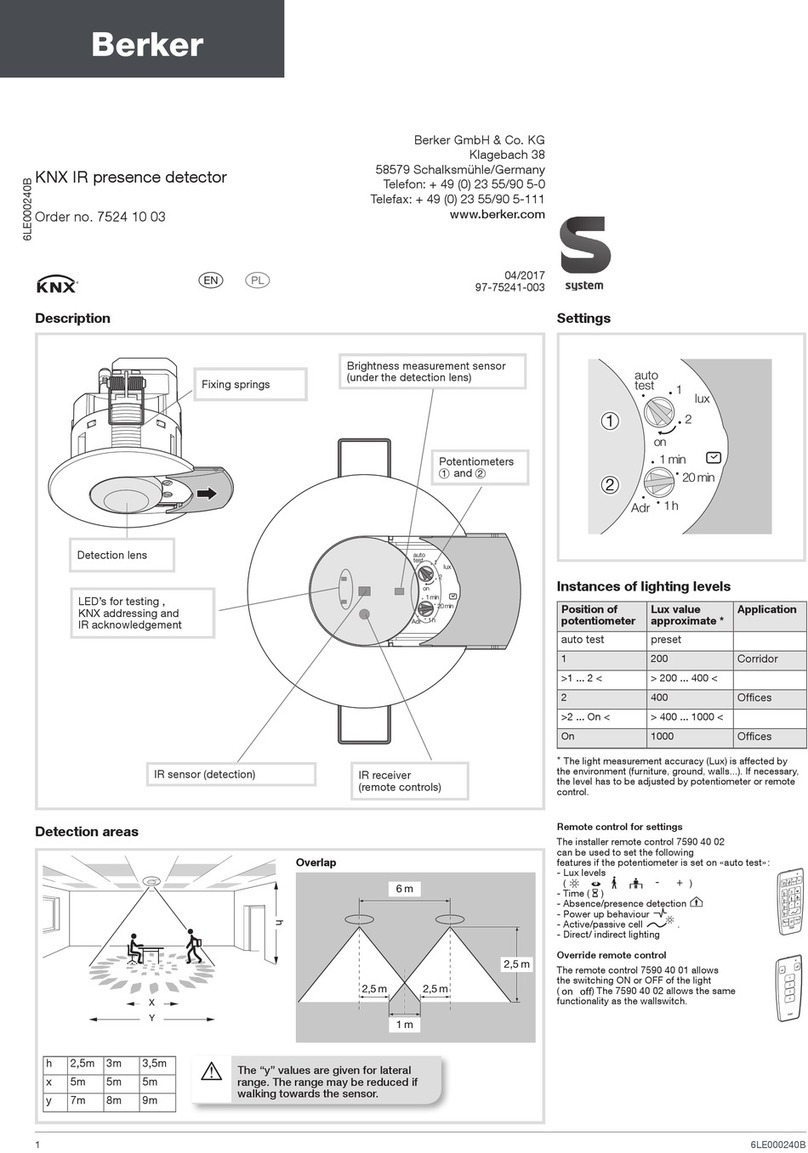
Berker
Berker 7524 10 03 User manual

Berker
Berker 1701 08 Service manual

Berker
Berker Control 220 Service manual

Berker
Berker 1701 10 Service manual

Berker
Berker BLC 1784 Series Service manual

Berker
Berker 7524 10 05 Operating manual

Berker
Berker 9420 Series User manual

Berker
Berker BLC 360 User manual

Berker
Berker BLC User manual
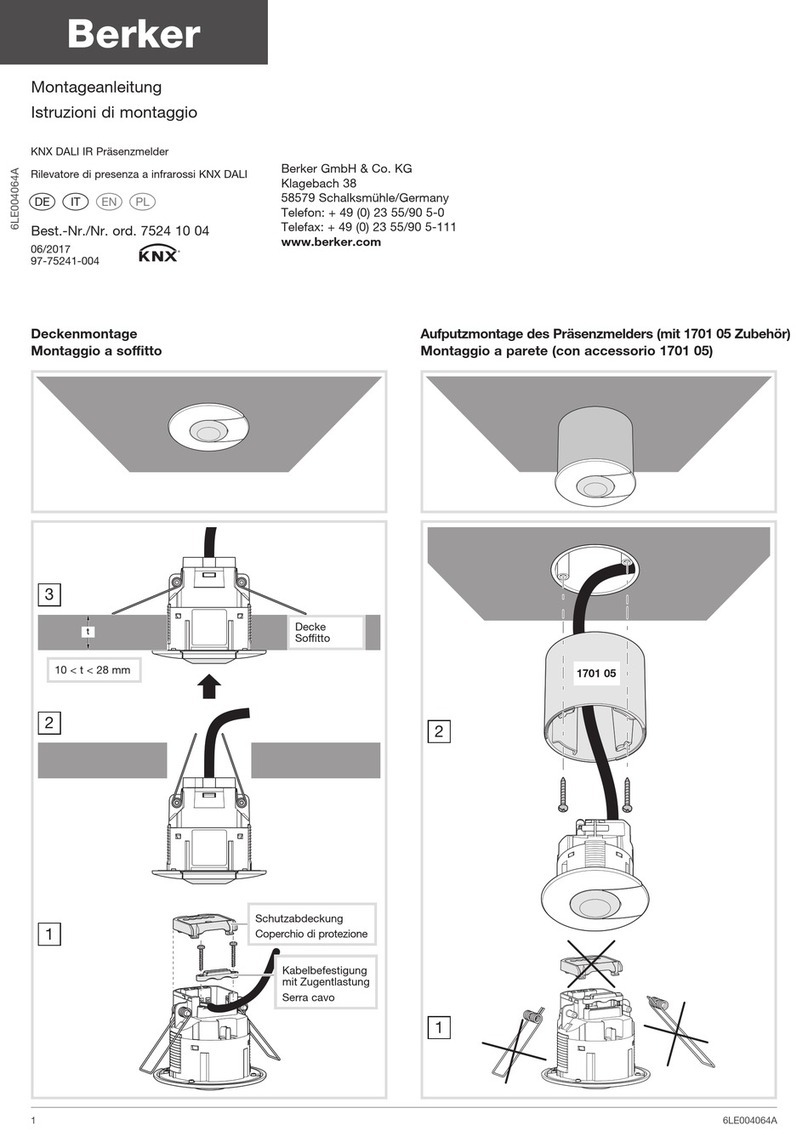
Berker
Berker 7524 10 04 User manual

Berker
Berker Radio Detector 180 User manual

Berker
Berker 85801100 User manual

Berker
Berker 102 09 Service manual

Berker
Berker 9420 Series Service manual
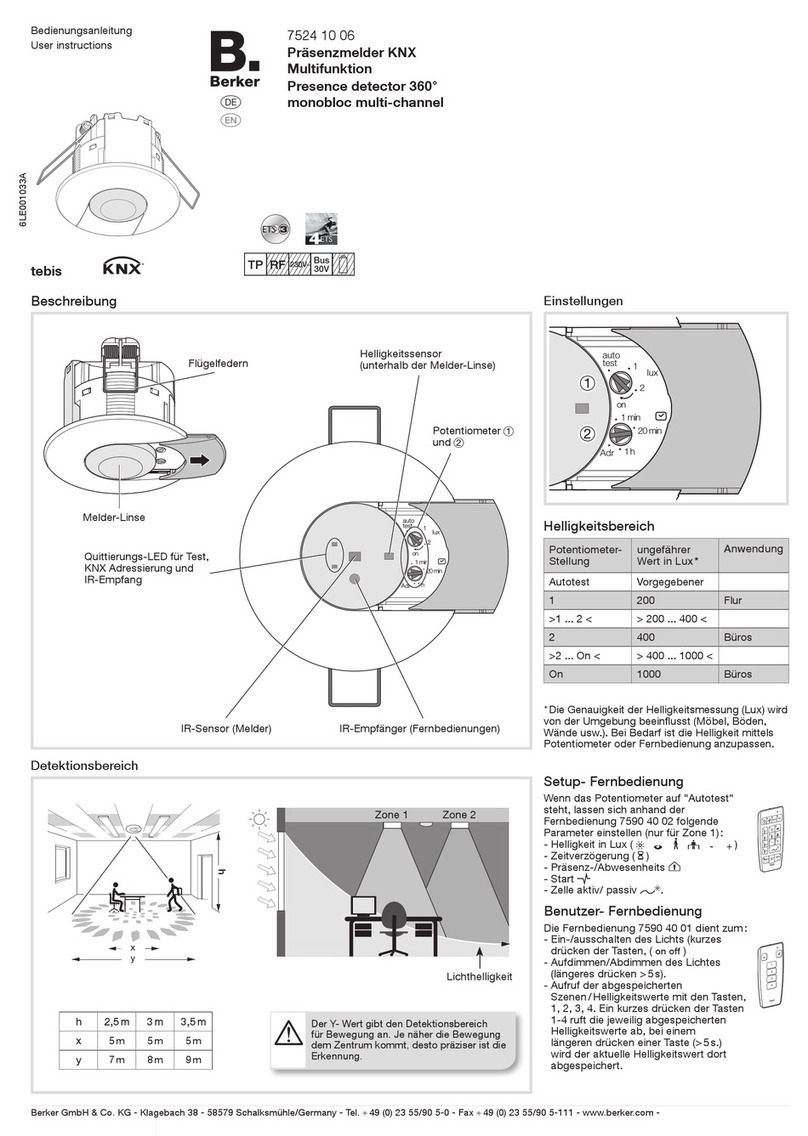
Berker
Berker 7524 10 06 User manual
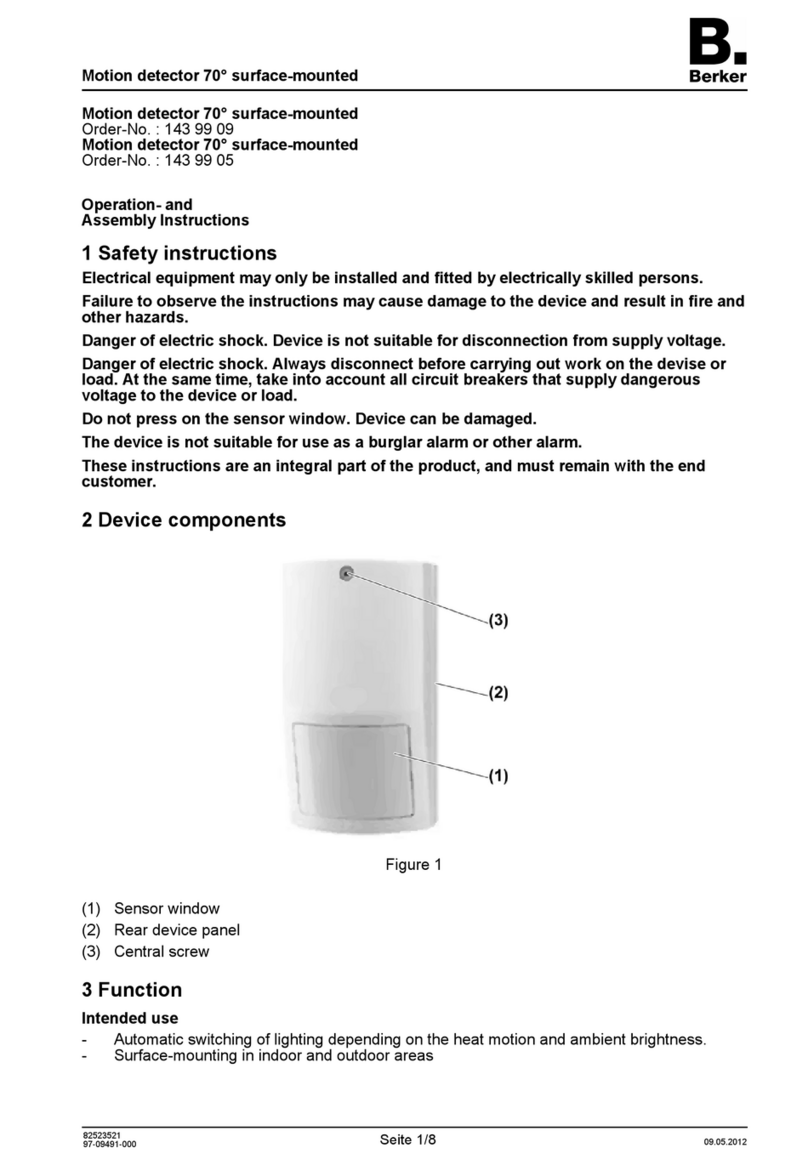
Berker
Berker 143 99 09 Service manual

Berker
Berker 7566 27 Series User manual
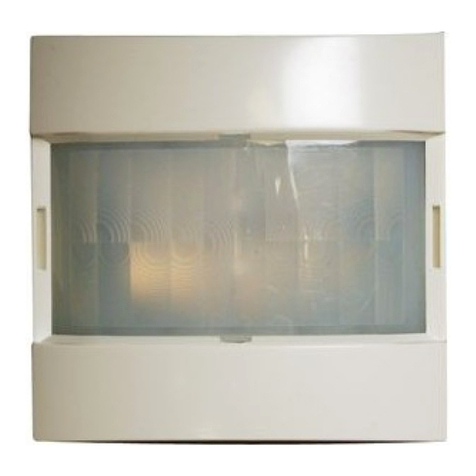
Berker
Berker BLC Service manual
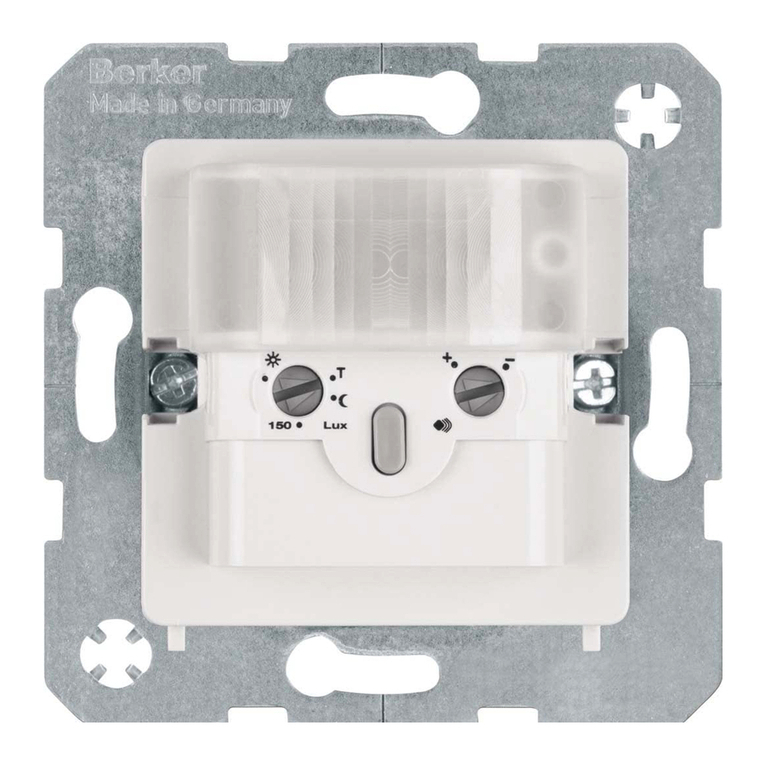
Berker
Berker 2996 User manual

Berker
Berker 174 01 09 Service manual
Popular Security Sensor manuals by other brands

resideo
resideo TWLD3005-001 manual

Kingspan
Kingspan SafePro 2 Installer's guide

Walker's
Walker's GWP-RDOM owner's manual

Farho
Farho NEXNO-IC Assembly and operating instructions

Niko-Servodan
Niko-Servodan 41-781 EnOcean quick guide
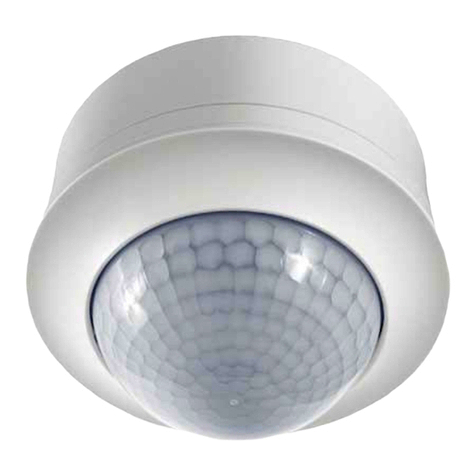
ESYLUX
ESYLUX PD-C360i/24 DUODIMplus-FM Installation and operating instructions
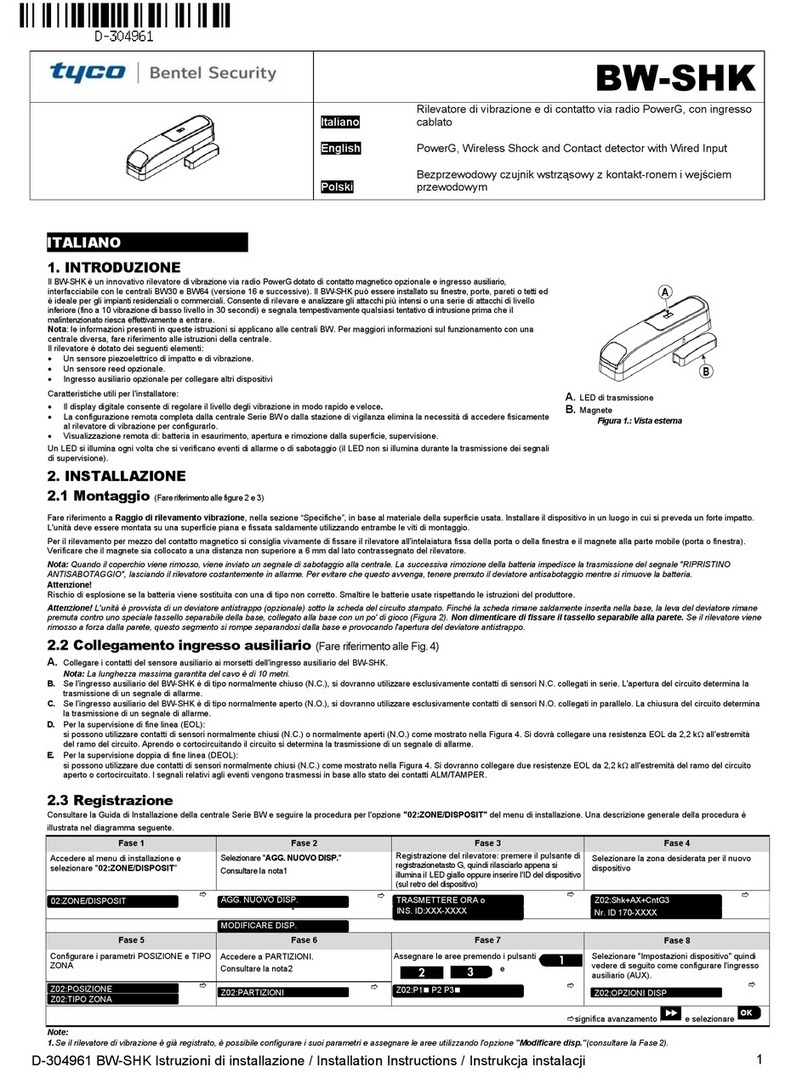
Johnson Controls
Johnson Controls tyco Bentel Security BW-SHK installation instructions

B.E.G. LUXOMAT
B.E.G. LUXOMAT PD9-M-1C-FC Installation and operating instruction

NCTE
NCTE 3000 Series manual

Agilent Technologies
Agilent Technologies G3388B Operation manuals
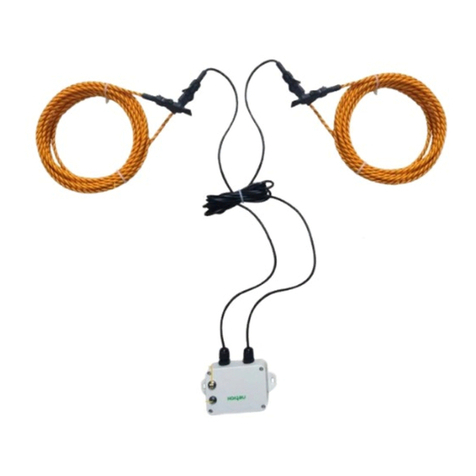
netvox
netvox R718WB2 user manual
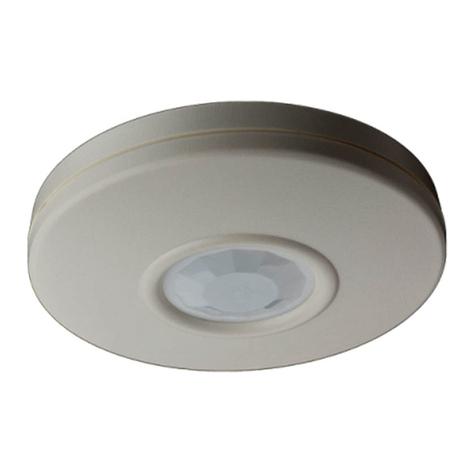
Bosch
Bosch DS936 installation instructions

Bosch
Bosch MX938I installation instructions
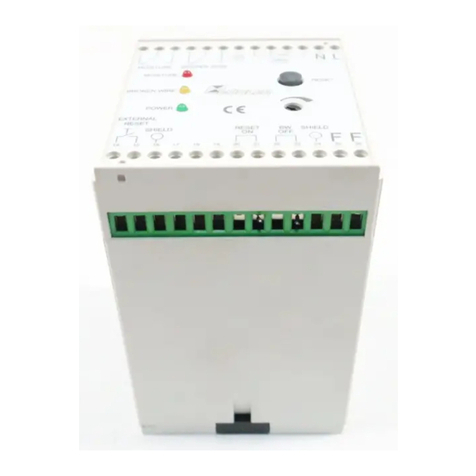
Buhler
Buhler FF-HM-230 Installation and operation instructions

PCB Piezotronics
PCB Piezotronics IMI SENSORS HT641B61 Installation and operating manual

SAFETY SIREN
SAFETY SIREN HS80004 owner's manual

Abexo
Abexo P41 Assembly and use instructions
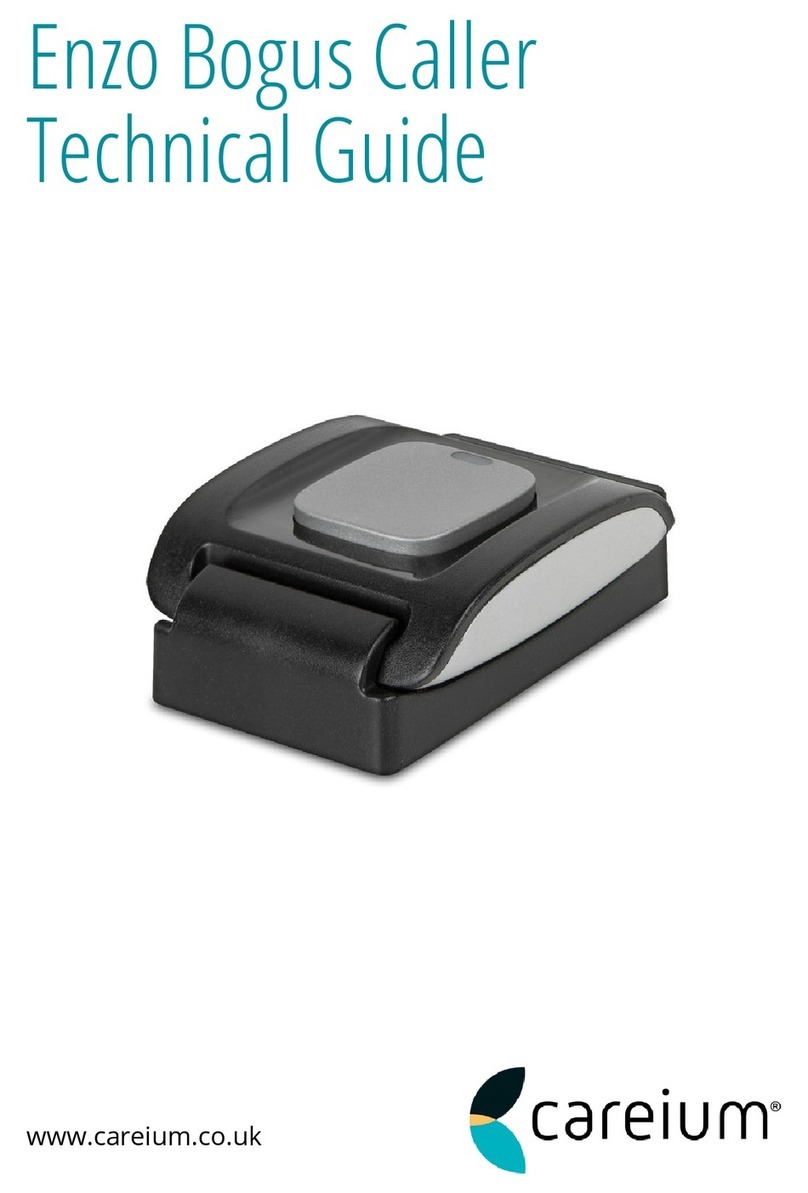
careium
careium Enzo Bogus Caller Technical guide
